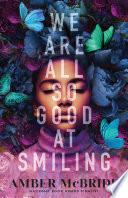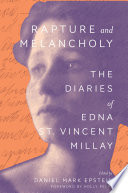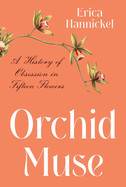
This lavishly illustrated book about humanity‘s obsession with orchids is full of fascinating and entertaining information about plants and people. Readers who are similarly obsessed, or newly tempted, may be thrilled with the detailed growing instructions for specific orchids at the end of each chapter, which I skipped.


























